Ever found yourself staring at a car engine and thinking, “What the heck am I looking at?”
You’re not alone! Learning about cars might seem overwhelming at first, especially if you’ve never popped a hood before.
But here’s the good news: it’s totally doable, and actually kind of fun once you get the hang of it.
Whether you want to fix small issues yourself, buy a car without being ripped off, or just sound cooler in car convos, understanding the basics can really level you up.
So, let’s break it down step-by-step and make learning about cars simple and exciting.
How Do Beginners Learn Cars?
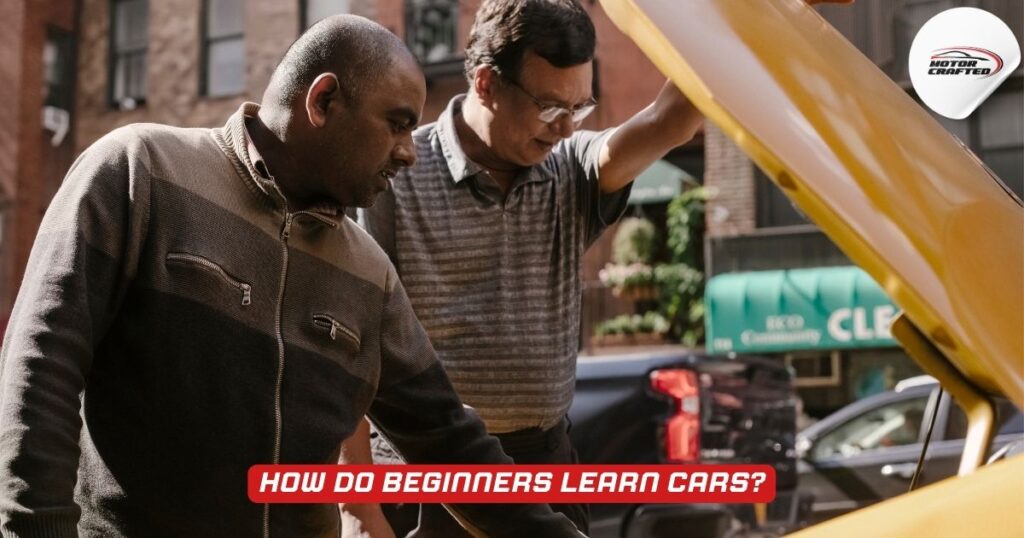
Getting into cars as a beginner might feel like learning a new language, intimidating, but totally worth it. The best way to start is by building curiosity.
Don’t worry about memorizing every car part at first. Instead, focus on understanding the basic functions: how cars move, what makes them stop, and what’s happening under the hood when you turn the key.
Start with simple resources, books for beginners, online forums like Reddit’s r/MechanicAdvice, or beginner-friendly blogs.
These break down complex terms into digestible chunks. Asking questions is a huge part of learning.
Don’t hesitate to look things up or reach out in online communities.
Another smart move is to get familiar with your own car. Read the owner’s manual (yes, really!).
It’ll teach you where everything is, what those dashboard lights mean, and how often things need checking or replacing.
The more time you spend with your own vehicle, the more confident you’ll feel.
Finally, consistency is key. Spend a little time each week learning something new.
Watch a video, change your air filter, or check your oil.
These baby steps build real knowledge fast, and before you know it, you’ll be the one others come to for car advice.
How Car Engines Work
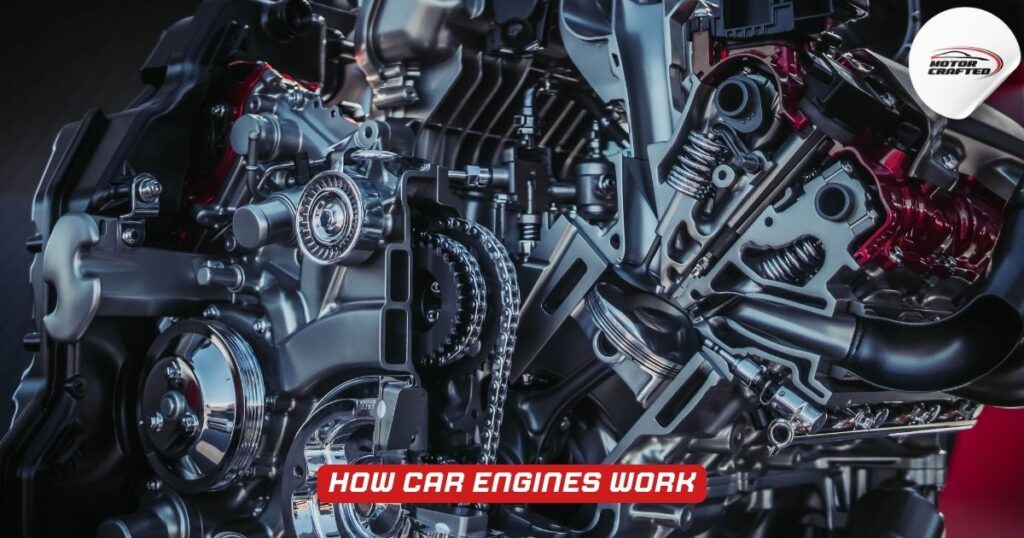
Understanding how a car engine works is like unlocking the heart of a vehicle. At its core, a car engine is a giant air pump that creates power by mixing fuel with air and igniting it.
This controlled explosion pushes pistons, which turn the crankshaft, which in turn spins the wheels. It sounds complex, but let’s simplify it.
Most car engines today are internal combustion engines, meaning they burn fuel inside the engine to generate motion.
This process happens in four main steps called the four-stroke cycle: intake, compression, power, and exhaust. In the intake stroke, the engine pulls in air and fuel.
Then it compresses that mixture. A spark plug ignites it, causing a small explosion (the power stroke), and then the exhaust stroke pushes out the leftover gases.
The cycle happens thousands of times per minute, all controlled by engine timing.
Modern engines also use computers (ECUs) to manage things like fuel injection and ignition timing for efficiency.
Knowing this gives you the foundation to understand everything else in a car.
Once you grasp the engine’s role, the other systems like transmission, cooling, and exhaust start to make more sense because they’re all built around supporting the engine’s performance.
Basic Engine Parts
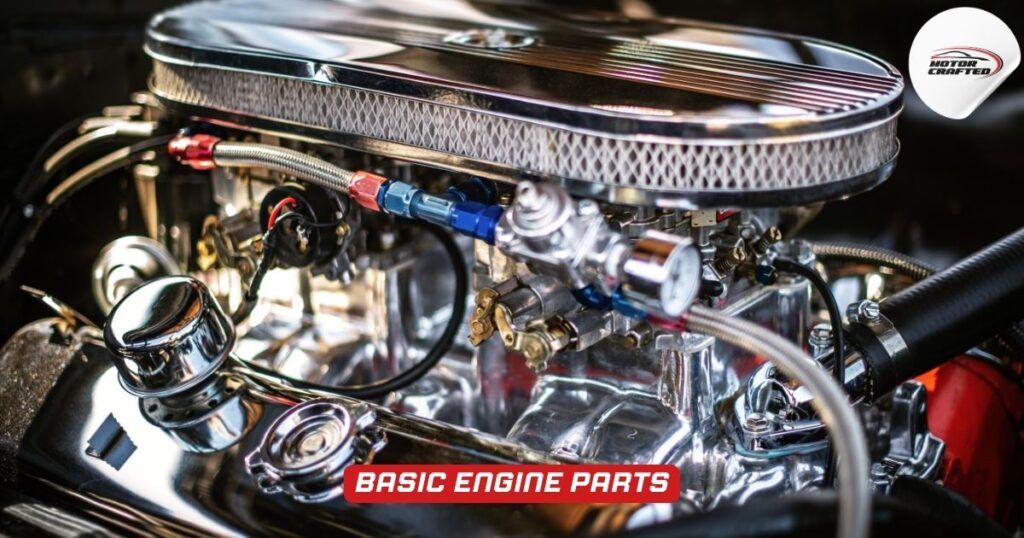
To learn cars, you’ve gotta know the main engine parts, it’s like learning the characters in your favorite show.
Let’s walk through the key components that make an engine tick.
First up: Pistons. These are small cylinders that move up and down inside bigger cylinders.
They’re pushed by tiny explosions and help turn the crankshaft, which sends power to the wheels.
Then there’s the camshaft, which controls the opening and closing of the engine’s valves.
Next, we’ve got spark plugs, which create the spark to ignite the fuel-air mix.
No spark? No boom.
Then there’s the timing belt or chain, which keeps everything moving in sync.
If this breaks, your engine’s internal parts can clash, and that’s expensive.
The intake and exhaust valves let air in and out, kind of like lungs. Meanwhile, the fuel injectors spray fuel into the combustion chamber at just the right moment.
Finally, there’s the oil system, which keeps everything lubricated so the engine doesn’t overheat or wear out too fast.
Understanding these parts helps you diagnose problems, talk to mechanics without sounding lost, and even take on some DIY projects.
Each part has its job, and when they work together, you get that beautiful sound of a well-running engine.
Get Hands-On Experience
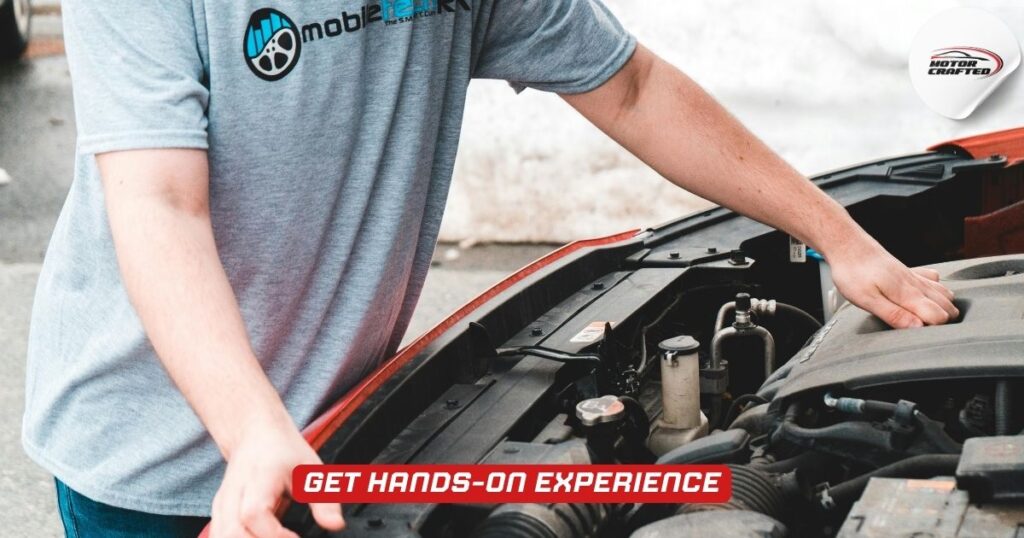
Books and videos are great, but there’s no substitute for getting your hands dirty.
If you want to truly learn about cars, you’ve got to pop the hood and start doing stuff. Don’t worry if you mess up, that’s part of learning.
Start small. Change your oil, replace your air filter, or swap out your windshield wipers.
These are low-risk tasks, but they build serious confidence. When you see how easy it is to remove a bolt or disconnect a battery, you’ll start to lose the fear.
Local auto shops, community colleges, or workshops often offer short beginner courses where you can get hands-on practice.
Or, if you’ve got a friend who’s into cars, ask if you can help them out on a project. Learning from someone experienced is gold.
Don’t underestimate the value of touching, feeling, and seeing how parts connect in real life.
You’ll start to notice patterns where bolts go, how hoses feel, and what parts move when the engine runs.
Most importantly, hands-on experience cements your knowledge. Once you do something once, you rarely forget it.
And there’s a real sense of pride in fixing something yourself—it’s empowering, and honestly, kind of addictive.
Do All Repairs and Maintenance Yourself
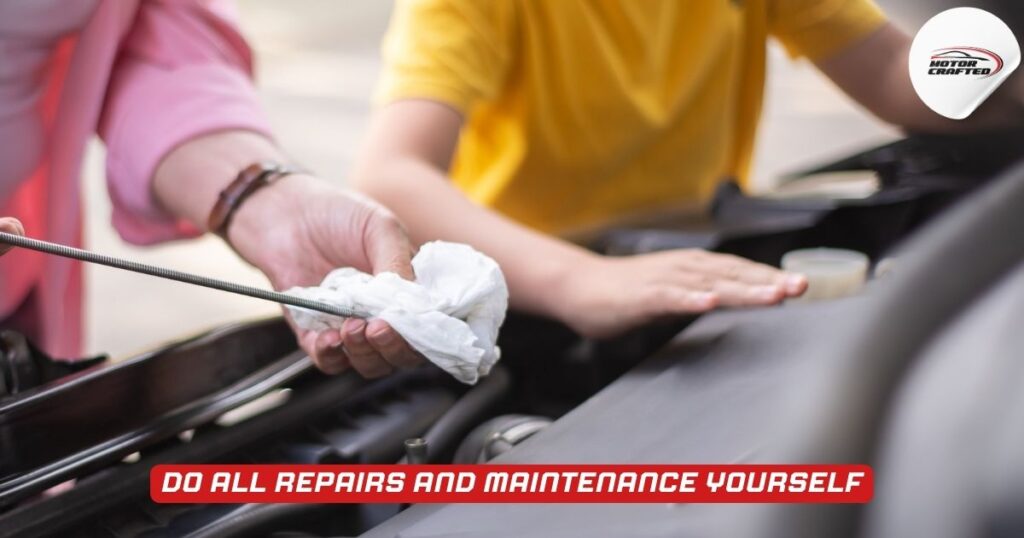
Once you’re comfortable with small tasks, you might be tempted to start doing all your own repairs, and that’s awesome!
DIY car maintenance not only saves money but also teaches you how your car really works.
Start with basic maintenance like oil changes, brake pad replacement, and battery swaps. These jobs are well-documented and don’t need fancy tools.
As you build confidence, you can try more complex repairs like replacing alternators, fixing coolant leaks, or even working on suspension systems.
Always have a repair manual specific to your car’s make and model. Websites like Haynes or Chilton offer step-by-step instructions.
YouTube videos and forums are also lifesavers when you’re stuck or unsure.
You’ll need to invest in some basic tools: socket sets, jacks, wrenches, and safety gear. But once you have them, you’re set for years.
Be safe. Always use jack stands, disconnect your battery when working on electronics, and never guess when it comes to brakes or steering.
Doing repairs yourself builds confidence, saves thousands over time, and makes you truly self-reliant. Plus, it’s deeply satisfying to fix your own ride.
Mistakes will happen, just learn from them and keep going.
Listening to Podcasts About Learning Cars
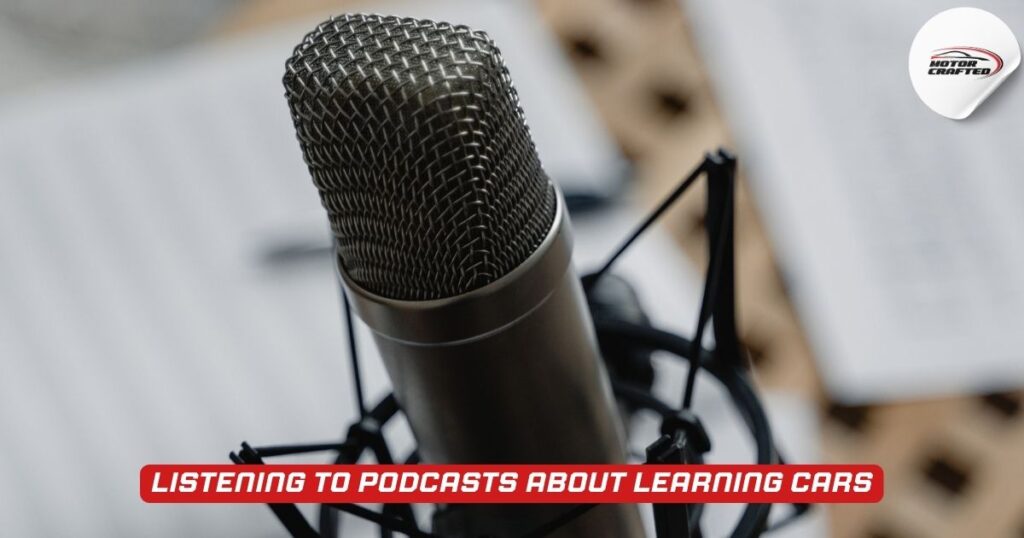
Sometimes, the best way to learn is by listening while you live your life. Podcasts are perfect for that.
Whether you’re driving, working out, or doing chores, car podcasts can sneak knowledge into your brain without any extra effort.
Look for shows that cater to beginners. Podcasts like Car Talk, Everyday Driver, or Under the Hood Show blend education with entertainment.
They break down complex topics and answer real listener questions. It’s like eavesdropping on two gearheads chatting, and you’ll pick up so much just by absorbing their lingo and insights.
The great thing about podcasts is the real-world context they provide.
You’ll hear about weird noises, diagnostic tips, and even funny fails from other car lovers. This makes it easier to relate and remember.
Many episodes feature experts from the auto industry, mechanics, or enthusiasts with decades of experience.
Hearing them talk about tools, techniques, or the latest tech builds both your vocabulary and understanding.
Make it a habit, just one podcast a week adds up. And if you don’t understand something, jot it down and look it up later.
It’s a fun, laid-back way to keep growing your car knowledge while you go about your day.
YouTube Videos on How to Learn About Cars

If you’re a visual learner, YouTube is your best friend when it comes to understanding cars.
There are thousands of videos covering everything from beginner basics to full engine rebuilds, and most are free.
Channels like ChrisFix, Scotty Kilmer, and Engineering Explained are great starting points.
They use clear visuals, step-by-step guides, and down-to-earth language to walk you through all kinds of car topics.
Whether you’re learning how an engine works or changing your brakes, these videos make it super digestible.
The beauty of YouTube is you can pause, rewind, and rewatch as many times as you need.
You don’t need to feel rushed or embarrassed if you don’t get something the first time. And many creators include links to tools, parts, and written guides in the descriptions.
Make playlists for different categories like “engine basics,” “car maintenance,” or “how to diagnose noises.”
That way, you can build a little digital classroom for yourself.
You can even subscribe and get notified when new videos drop.
Learning by watching helps you see the tools, hear the sounds, and visualize the process. It brings the car world to life and makes learning feel much less intimidating.
Conclusion
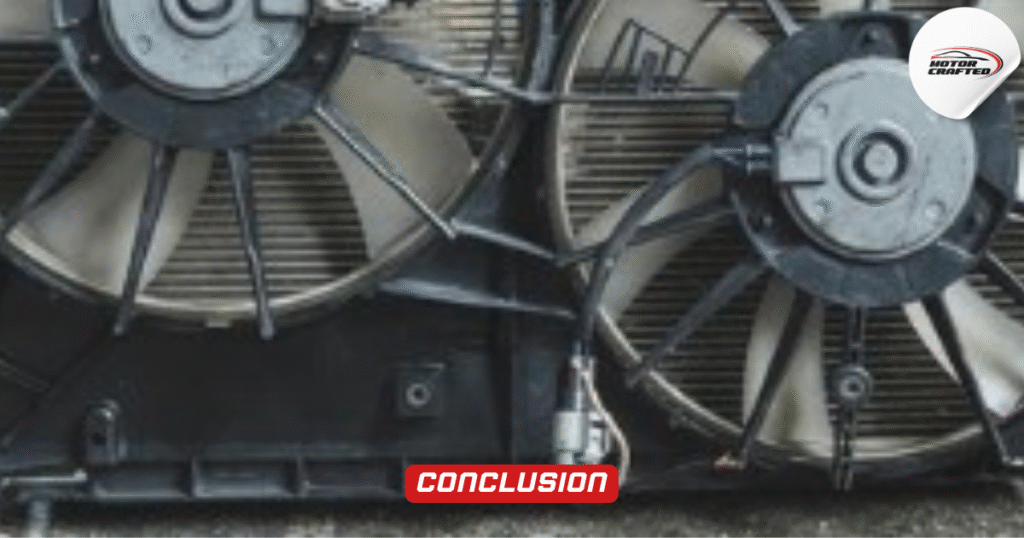
Learning about cars isn’t just for mechanics or car nerds; it’s for anyone who wants to understand what’s going on under the hood and feel empowered.
Whether you’re starting from scratch or brushing up your knowledge, there are so many tools out there to help you succeed.
From watching YouTube tutorials and listening to podcasts to getting your hands greasy with DIY repairs, every step adds up.
Start with curiosity, stay consistent, and don’t be afraid to make mistakes along the way.
The car world is huge, but once you dive in, you’ll realize it’s a lot more approachable than it seems.
You don’t need to be a pro to understand your car; you just need to start.
Frequently Asked Questions
1. Can I really learn about cars without going to school or becoming a mechanic?
Absolutely! You don’t need a degree or professional certification to understand how cars work.
With the internet at your fingertips, YouTube videos, podcasts, online forums, and beginner guides, you can teach yourself everything from basic maintenance to advanced diagnostics.
What matters most is curiosity, patience, and consistent hands-on practice.
2. What are the best tools I need as a beginner?
Start with the basics: a socket wrench set, screwdrivers, a jack and jack stands, pliers, and an oil filter wrench.
Over time, you can add tools like a torque wrench or a code reader.
Always invest in quality tools, as they’ll last longer and make your work easier and safer.
3. How long does it take to really understand cars?
There’s no one-size-fits-all answer, but within a few months of regular learning and DIY practice, you can grasp the essentials of car maintenance and diagnostics.
More advanced topics, like engine rebuilding or electrical systems, take longer—but with consistent learning, they’re totally doable.


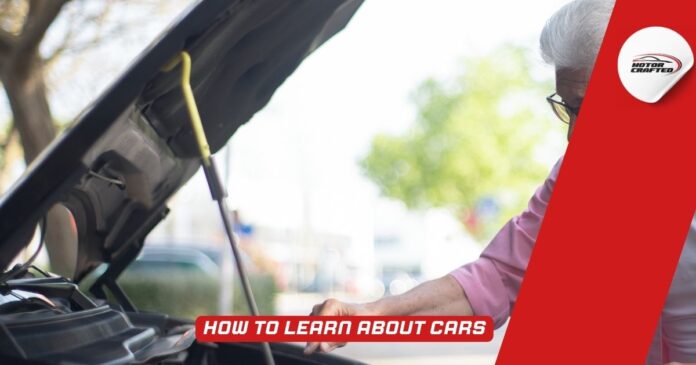
![How To Learn About Cars [2025 Guide] How To Learn About Cars](https://motorcrafted.com/wp-content/uploads/2025/07/How-To-Learn-About-Cars-100x70.jpg)

